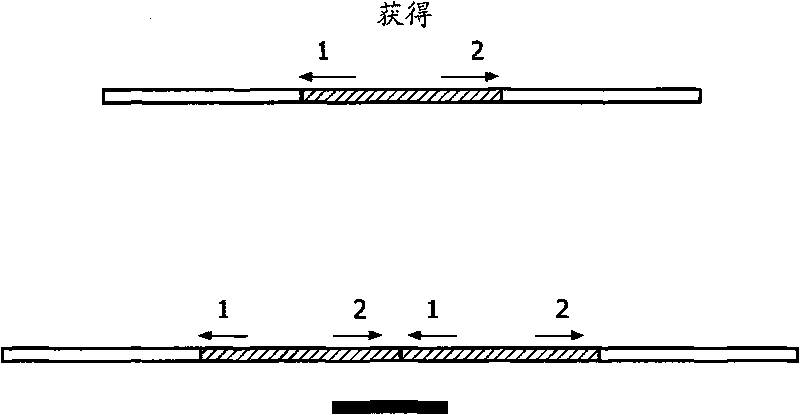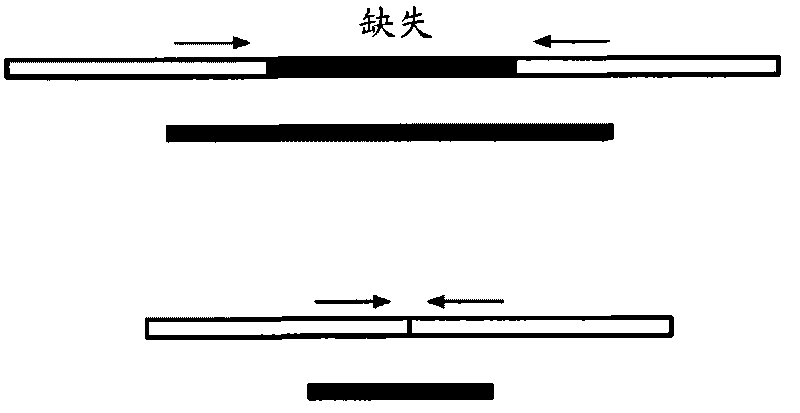Methods and tools for detecting the presence of colorectal adenocarcinoma cells
A technology for rectal adenocarcinoma and colon, which is applied in the field of tumor diagnosis and can solve problems such as microsatellite instability
- Summary
- Abstract
- Description
- Claims
- Application Information
AI Technical Summary
Problems solved by technology
Method used
Image
Examples
Embodiment 1
[0091] Example 1: Determination of the minimal overlap region within the chromosomal gain region of 20q
[0092] Selection and preparation of tumor samples
[0093] Forty-one formalin-fixed and paraffin-embedded progressive adenomas (foci of pre-existing cancer, also known as malignant polyps) and 73 snap-frozen Colorectal neoplasms (37 non-progressed adenomas and 36 cancers). All samples were used in compliance with institutional ethical regulations.
[0094] The 41 malignant polyps (archival material) corresponded to 38 patients (19 females and 19 males), as 3 patients presented with more than one malignant polyp. The mean age of patients was 67 years (range 45-86 years). From these polyps, the adenoma and carcinoma components were analyzed separately, adding a total of 82 archival samples (41x2) analyzed.
[0095] The 73 frozen samples corresponded to 65 patients (31 females and 34 males). Of these, 6 patients had multiple neoplasms: 4 patients, multiple adenomas and ...
Embodiment 2
[0120] Example 2: Microarray expression analysis
[0121] To investigate the impact of chromosomal instability on gene expression in colorectal adenoma-to-carcinoma progression, the entire genome was analyzed by array-CGH in a series of 68 colorectal tumors (37 non-progressive adenomas and 31 carcinomas) Copy number changes, and expression levels were analyzed by microarray analysis. For the most frequently occurring type of chromosomal abnormality, 20q gain, a putative oncogene with a role in the progression of colorectal cancer was identified.
[0122] In Table 2, an overview of the genes located within the SROs of Table 1 is provided when comparing colorectal adenoma and adenocarcinoma tissues, as determined by microarray analysis of mRNA from biopsy or resection samples, They were found to have significantly different expression (FDR<0,1 (false rate of determination)).
PUM
 Login to View More
Login to View More Abstract
Description
Claims
Application Information
 Login to View More
Login to View More - R&D
- Intellectual Property
- Life Sciences
- Materials
- Tech Scout
- Unparalleled Data Quality
- Higher Quality Content
- 60% Fewer Hallucinations
Browse by: Latest US Patents, China's latest patents, Technical Efficacy Thesaurus, Application Domain, Technology Topic, Popular Technical Reports.
© 2025 PatSnap. All rights reserved.Legal|Privacy policy|Modern Slavery Act Transparency Statement|Sitemap|About US| Contact US: help@patsnap.com



